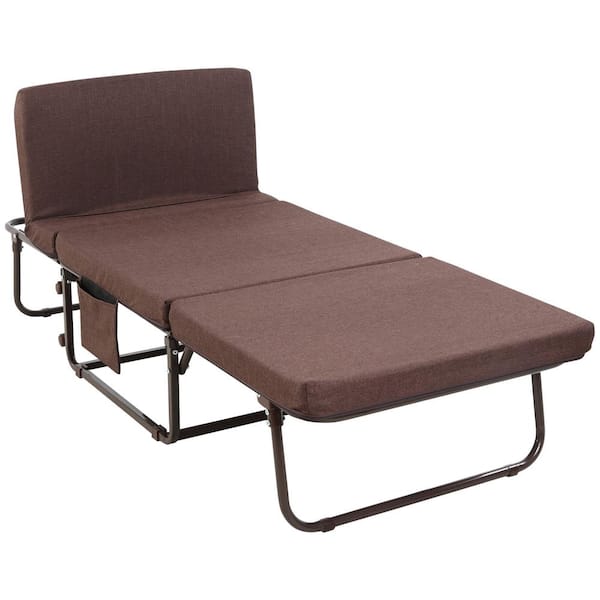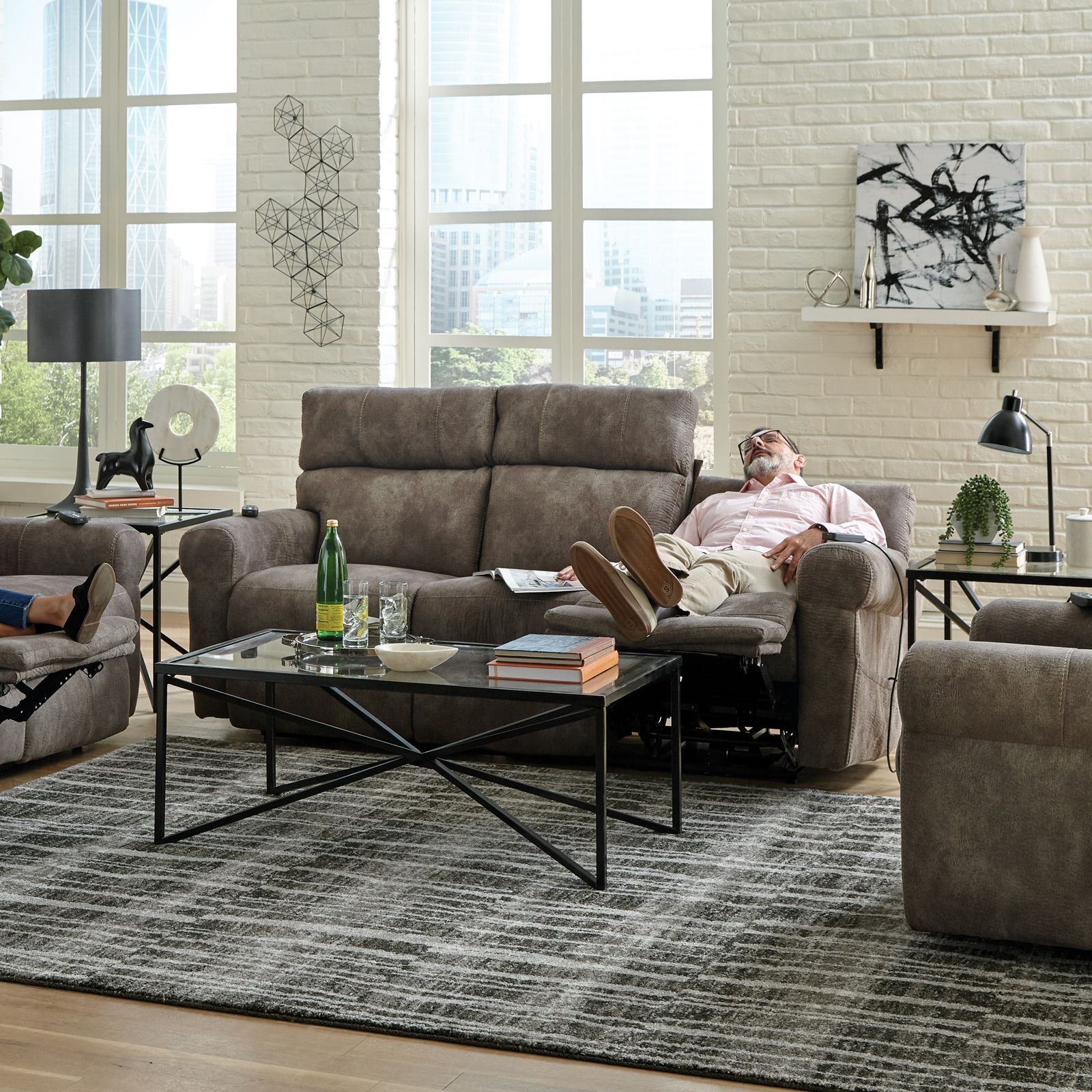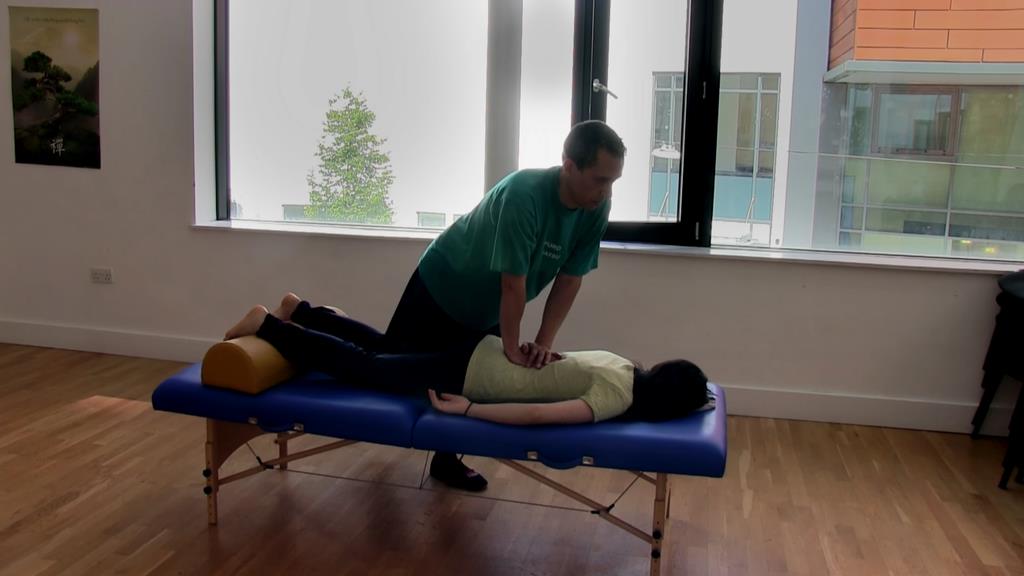Futon massage involves a portable, cushioned mat, while table massage utilizes a stationary, padded table. Both methods offer unique benefits for relaxation and therapy.
Choosing between a futon and a table massage hinges on personal preference and the type of therapy required. If space is limited or you need a mobile option, a futon massage provides a convenient solution that can be easily stored or transported.
In contrast, a table massage often delivers a more stable and padded experience, which many find to be essential for deeper forms of bodywork. Each style caters to different modalities; for example, Shiatsu is traditionally performed on a futon, whereas Swedish and deep tissue massages are typically associated with a massage table. Understanding the distinct advantages of both can guide individuals to the most suitable massage experience for their needs. Whether at home, in a studio, or within a professional setting, ensuring comfort and efficacy is key to optimizing the benefits of massage therapy.

Pros And Cons
The choice between a futon and a table enriches a massage experience. Each option offers distinct benefits and drawbacks. Let’s find the best fit for relaxation.
Advantages Of Futon Massage
- More space: Futons offer more room for stretching and movement.
- Versatility: Can easily adapt to different massage styles.
- Close contact: The therapist can leverage their body weight efficiently.
- Comfort: The soft surface provides a cozy, nurturing environment.
Disadvantages Of Futon Massage
- Accessibility: May be difficult for those with mobility issues.
- Support: Less structured, which can affect postural alignment.
- Setup: Requires a large space and a flat surface.
- Height: Lower position may increase strain on the therapist.

Advantages Of Table Massage
- Ergonomic: Tables are adjustable for therapist comfort.
- Support: Firm surface provides better support for targeted techniques.
- Convenience: Portable and easy to set up in various settings.
- Height advantage: Elevates the client, minimizing therapist strain.
Disadvantages Of Table Massage
- Space limit: Confines the movements of the therapist.
- Rigidity: Harder surfaces may not suit all clients’ comfort.
- Cost: Quality tables can be expensive.
- Portability: Bulky, even when foldable, to transport regularly.

Credit: www.grandhf.com
Comfort And Accessibility
Whether you’re a massage enthusiast or new to the world of relaxation, comfort and accessibility play pivotal roles. In the debate of futon versus table massage, it’s crucial to delve into the nuances of each to help you make the best choice for your needs.
Comfort Level Of Futon Massage
Futon massages offer a unique comfort as they are close to the ground. This setting promotes a sense of grounding and stability. With the use of a soft, padded futon, your body can relax without the constraints of a narrow table. The therapist has ample room to navigate around you, ensuring a comprehensive massage experience.
Accessibility Of Futon Massage
- Easier for those with mobility issues to get on and off
- Perfect for larger spaces as they require floor area
- Suitable for a variety of techniques like stretching
Comfort Level Of Table Massage
Table massages elevate you off the floor and provide a supportive surface. The table’s padding is key for comfort as you lie in one position for an extended period. Special features like adjustable face cradles, armrests, and heated tops enhance your massage journey further.
Accessibility Of Table Massage
| Feature | Benefit |
|---|---|
| Higher Elevation | Therapists can better apply techniques |
| Portability | Can be set up in smaller spaces or taken on-site |
| Adjustability | Accommodates different body types and needs |
Techniques Used
The techniques used in both futon and table massage vary widely. They engage the body’s musculature, energy lines, and pressure points. Let us delve into the specific techniques that make each massage unique.
Traditional Techniques In Futon Massage
Futon massage, traditionally known as Shiatsu, includes techniques that trace back centuries in Japanese culture. These moves involve:
- Kneading the muscles
- Applying pressure with thumbs, palms, and sometimes knees
- Stretching limbs and joints
- Using rhythms to stimulate the body’s ki, or energy
Modern Techniques In Futon Massage
Innovation has blended with tradition, evolving futon massage practices. These modern techniques may include:
- Incorporating heated stones for added muscle relaxation
- Using aromatherapy to enhance the sensory experience
- Integrating gentle machine-assisted vibrations
- Employing tools like rollers for deeper tissue impact
Traditional Techniques In Table Massage
Table massage, known for its Western modalities such as Swedish massage, utilizes:
- Long, gliding strokes called effleurage
- Friction to go deep into muscle knots
- Tapotement, or rhythmic tapping
- Petrissage movements that roll and lift the flesh
Modern Techniques In Table Massage
The table massage experience has embraced contemporary developments, including:
- Trigger point therapy for targeted relief
- Myofascial release techniques improving range of motion
- Hydrotherapy applications including hot towel wraps
- Sound therapy integration with healing frequencies
Space And Portability
Choosing between a futon and a table for massage might seem simple, but there’s more to consider than comfort alone. Space and portability can greatly influence your decision, especially if you’re short on room or constantly on the move. Let’s delve into the specifics of each option to help you make an informed choice.
Space Requirements For Futon Massage
Futons are versatile pieces that double as beds and couches, making them ideal for small spaces. When used for massage, they require a flat area roughly the size of a twin bed. Here’s what you need to know:
- Clear space needed: 6 feet by 3 feet
- No clearance required above the futon
- Easily moved aside when not in use
Portability Of Futon Massage
Futons are not just space-savers, but also relatively easy to transport. Although they are not foldable like massage tables, lightweight futon models can be moved from one place to another without much hassle:
- Options for foldable or roll-up futons increase portability
- No special carrying cases needed
- Ideal for in-house shuffling
Space Requirements For Table Massage

Massage tables demand a dedicated space, which is something to think about if room is an issue. Proper table massage setup includes enough room to move around:
- Minimum space required: 8 feet by 4 feet
- Additional storage for table when folded
- Consider ceiling height for standing activities
Portability Of Table Massage
For therapists who visit clients, a massage table’s portability is key. Modular designs and carrying bags make these tables convenient for travel. Key features include:
- Lightweight construction, often aluminum or high-density foam
- Carrying cases designed for protection and mobility
- Quick setup and folding mechanisms
Cost Comparison
Choosing between a futon and a table for massage therapy involves a detailed cost comparison. It’s not just about the initial purchase but also about the additional expenses over time. Understand the financial commitment for both options to make an informed decision tailored to your budget and needs.
Initial Investment For Futon Massage
- Futon mattresses range from $100 to $500.
- High-quality covers cost around $50 to $100.
Additional Costs For Futon Massage
Besides the initial purchase, other costs include:
- Futon maintenance – includes cleaning products and possible repairs.
- Optional accessories such as bolster pillows and supports.
Initial Investment For Table Massage
Massage tables come in various price points:
| Table Type | Cost Range |
|---|---|
| Portable massage tables | $150 to $800 |
| Stationary massage tables | $500 to $2000 |
Additional Costs For Table Massage
Remember to account for:
- Regular maintenance of the massage table.
- Replacement or upgrading accessories such as headrests and face cradles.
- Purchase of quality linens and oils for a professional experience.

Credit: www.grandhf.com
Popularity
Focusing on the popularity of massages, the choice of furniture plays a subtle yet pivotal role. Today, both futon and table massages stand out for their unique benefits and diverse appeal. Delving into their popularity reveals interesting trends and preferences among massage enthusiasts.
Popularity Of Futon Massage
Traditionally linked to the Eastern practice of healing, futon massage remains widely embraced. It’s a staple in homes for its space-saving design and the floor-based technique that therapists use to apply firm pressure. In urban areas, where space is at a premium, futons are particularly favored.
- Preferred for Shiatsu and Thai massage.
- Favored in compact living spaces.
- Enhances deep, grounding pressure.
Futons owe their popularity to the cultural authenticity they lend to Asian-style therapies. They are often found in dedicated yoga and wellness centers, reflecting a holistic approach to well-being.
Popularity Of Table Massage
When it comes to versatility, table massages dominate. They cater to a broad array of styles ranging from Swedish to deep tissue massages. The elevated platform allows therapists to deliver targeted and intensive treatments with ease.
- Supports a wide variety of massage techniques.
- Common in spas and clinical settings.
- Adjustable features for comfort and accessibility.
Table massage’s stable and adjustable nature accounts for its vast popularity. Its presence is ubiquitous across wellness resorts, chiropractic offices, and even in at-home therapy sessions. Tables enable seamless transitions and support for diverse client needs.

Credit: www.amazon.com
Frequently Asked Questions
What is a Futon Massage?
A futon massage is a Japanese massage technique that uses a futon, or padded mat, as opposed to a massage table. The therapist will often use their feet, knees, and elbows to apply pressure to the client’s back, neck, and legs. This type of massage is said to be beneficial for relieving stress and tension headaches.
What Is The Difference Between Futon And Table Massage?
A futon massage is performed on a floor-based padded mat, allowing for more movement and pressure application. Conversely, table massages are given on a raised, padded table, which is best for relaxation and traditional modalities.
Can You Get Deep Tissue Massage On A Futon?
Yes, deep tissue massage can be effectively done on a futon. The firm surface of the futon allows therapists to apply sufficient pressure for deep tissue techniques, offering an intense massage experience.
How To Choose Between Futon And Table Massage?
Your choice should consider comfort, preferred massage type, and space availability. Futons are ideal for stretching and movement-based modalities, while tables are suited for stationary treatments and if you have space for a permanent setup.
What Are The Benefits Of A Table Massage?
Table massage benefits include better comfort for the receiver, ergonomic positioning for the therapist, and suitability for a variety of techniques, particularly those requiring leverage and stable support.
What is the Difference between Seated Massage And Table Massage?
There are a few key differences between seated massage and table massage. Seated massage is usually done in a chair, while table massage is done on a massage table. Table massage typically allows for more range of motion and deeper pressure than seated massage.
Table massage also often incorporates the use of essential oils and other treatments, while seated massage may be more focused on specific areas of tension.
When Would Seated Massage Be More Advantageous Over Table Massage?
When it comes to seated massage, there are a few advantages that it has over table massage. First, seated massage is more convenient since you don’t have to disrobe and can remain fully clothed. Second, it’s great for those who have limited mobility or are uncomfortable lying down on a massage table.
And third, it’s a great way to get a quick and targeted massage without having to commit to a full 60- or 90-minute session.
What is the Difference between a Thai Massage And a Normal Massage?
There are many different types of massages, and each one offers its own unique benefits. Thai massage is a type of massage that uses gentle pressure and stretching to relieve tension and improve flexibility. Unlike a traditional massage, which typically involves the use of deep pressure, Thai massage is much gentler.
This makes it a good option for people who are sensitive to touch or who have never had a massage before. Thai massage can be beneficial for both your mind and body. It can help you relax and ease muscle tension, as well as improve your flexibility and range of motion.
Conclusion
Deciding between futon and table massage boils down to personal comfort and space considerations. Each offers unique benefits to enhance your relaxation experience. Don’t forget—your preference matters most for achieving the ultimate massage bliss. Explore both options and discover what works best for your lifestyle and wellness routine.



